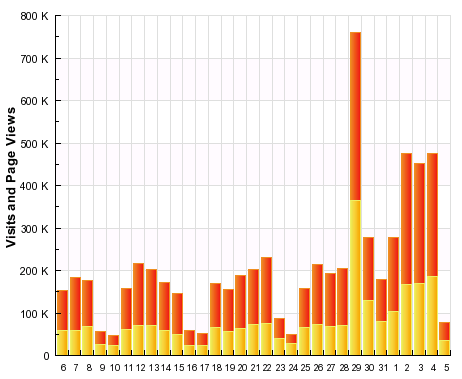Now that the government has taken over AIG and given the rotten institution a $85 billion loan, I’ll repeat what I said back in February, when the government first started to try to shore up firms that have insured bad debts in an attempt to forestall the day when the whole house of cards falls. This time, they took the full plunge with AIG, as the New York Times reports:
What frightened Fed and Treasury officials was not simply the prospect of another giant corporate bankruptcy, but A.I.G.’s role as an enormous provider of esoteric financial insurance contracts to investors who bought complex debt securities. They effectively required A.I.G. to cover losses suffered by the buyers in the event the securities defaulted. It meant A.I.G. was potentially on the hook for billions of dollars’ worth of risky securities that were once considered safe.
If A.I.G. had collapsed — and been unable to pay all of its insurance claims — institutional investors around the world would have been instantly forced to reappraise the value of those securities, and that in turn would have reduced their own capital and the value of their own debt. Small investors, including anyone who owned money market funds with A.I.G. securities, could have been hurt, too. And some insurance policy holders were worried, even though they have some protections.
That’s the rational explanation, though the Wall Street Journal also pegs the bailout to a desire to protect money market money market funds. (I find this explanation less credible, though even more worrisome if true.)
Indeed, on Tuesday the $62 billion Primary Fund from the Reserve, a New York money-market firm, said it “broke the buck” — that is, its net asset value fell below the $1-a-share level that funds like this must maintain. Breaking the buck is an extremely rare occurrence. The fund was pinched by investments in bonds issued by now collapsing Lehman Brothers.
Money-market funds are supposed to be among the safest investments available. No fund in the $3.6 trillion money-market industry has lost money since 1994, when Orange County, Calif., went bankrupt. A number of money-market funds own securities issued by AIG. The firm is also a big insurer of some money-market instruments.
AIG’s financial crisis intensified Monday night when its credit rating was downgraded, forcing it to post $14.5 billion in collateral. The insurer has far more than that in assets that it could sell, but it could not get the cash quickly enough to satisfy the collateral demands. That explains the interest in obtaining a bridge loan to carry it through. AIG’s board approved the rescue Tuesday night.
The Fed, the Treasury, Congress, insurance regulators, bank regulators, company representatives… everyone is behaving like Jerome Kerviel, the French trader, who hid his giant losses from himself and his bosses by constantly creating false counter-trades that would hide the losses. Eventually, the ruse failed and Kerviel’s $7 billion losses came to light.
And when the band-aid comes off the “fix” of AIG, we’ll be paying again and again in coming months and years, whether in higher taxes, or inflation or indebtedness to third world creditors.
We are all Jerome Kerviel now.

